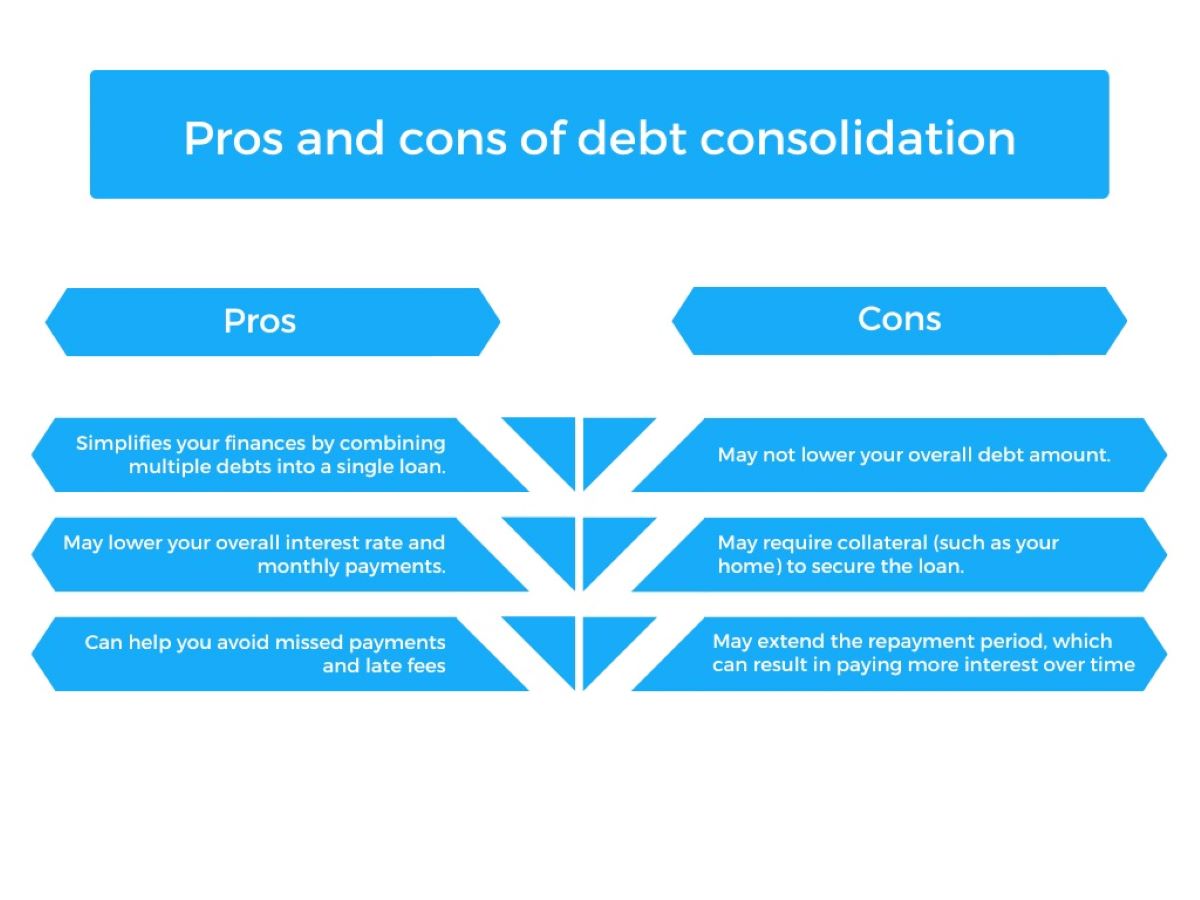

Finance
Static Spread Definition
Published: February 2, 2024
Learn the definition of static spread in finance and how it can help investors make informed decisions. Explore various factors that impact static spread.
(Many of the links in this article redirect to a specific reviewed product. Your purchase of these products through affiliate links helps to generate commission for LiveWell, at no extra cost. Learn more)
The Static Spread Definition Explained: Everything You Need to Know
When it comes to understanding finance, there are many terms and concepts that can seem overwhelming. One such term is the static spread. What exactly is a static spread, and how does it impact your financial decisions? In this blog post, we will break down the static spread definition in a simple and understandable way, allowing you to navigate the world of finance with confidence.
Key Takeaways:
- The static spread is a measure of the difference between the yield of a bond and a risk-free bond of similar maturity.
- This spread indicates the level of risk associated with a particular bond, with higher spreads indicating higher risk.
So, what is a static spread? In simple terms, the static spread refers to the difference between the yield of a bond and the yield of a risk-free bond of similar maturity. It is a measure of the compensation that an investor receives for taking on the risk associated with a particular bond.
Here’s a breakdown of the static spread definition:
- Yield: The yield of a bond represents the rate of return an investor can expect to receive from holding that bond. Typically expressed as a percentage, it takes into account the bond’s coupon payments and its market price.
- Risk-free bond: A risk-free bond is a theoretical concept that assumes there is no risk of default. In reality, the closest approximation to a risk-free bond is typically government bonds.
- Similar maturity: To calculate the static spread, you need to compare the yield of the bond in question with a risk-free bond that has a similar maturity. This ensures an apples-to-apples comparison.
By considering the static spread, investors can evaluate the level of risk associated with a particular bond. A higher spread indicates a higher level of risk, as investors require greater compensation for taking on that risk. Conversely, a lower spread suggests lower risk, as investors are willing to accept a lower compensation.
Here are two key takeaways to remember about the static spread definition:
- Measure of risk: The static spread provides a measure of the risk associated with a bond. Higher spreads indicate higher risk, while lower spreads suggest lower risk.
- Investor compensation: The static spread represents the compensation an investor receives for taking on the risk of a particular bond. It is the additional yield offered to entice investors to choose riskier assets.
Understanding the static spread is essential when making investment decisions. By evaluating the level of risk and the compensation offered, you can make informed choices that align with your financial goals.
So, the next time you come across the term “static spread,” you can confidently navigate the finance world armed with the knowledge of its definition and significance. Happy investing!














